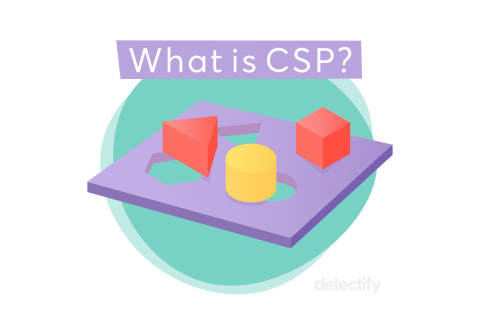Back to Basics: Infosec for Small and Medium Sized Businesses
Too many small and medium-sized businesses (SMBs) are under the belief that purchasing “This One Product” or “This One Managed Service” will provide all the security their network requires. If this were true, large corporations with huge IT budgets would never have data breaches! Before you start buying expensive new technology to protect your office network, take some time to examine your internal infosec processes. Make sure you are covering the basics.








